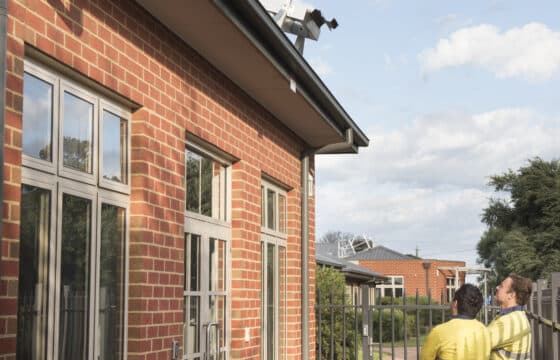How Defender™ Anchors are tested to AS/NZS 5532
How Defender Anchors are tested to AS/NZS 5532
Watch how Defender™ Roof Anchors are put through the rigorous tests as set out in AS/NZS 5532.
Defender™ Roof Anchors have been scrutinised and independently certified to AS/NZS 1891 and AS/NZS 5532. This means each and every batch is proven to AS/NZS 5532 in Workplace Access & Safety’s NATA accredited facility.
AS/NZS 5532 is the Australian Standard for the design, construction and installation of roof anchors. Defender™ Roof Anchors are also guaranteed to comply with AS/NZS 1891.
NATA is the authority that provides independent assurance of technical competence through a proven network of best practice industry experts. The criteria for determining a facility’s competence are based on relevant international standards (e.g. ISO/IECn 17025, ISO 15189, ISO/IEC 17020). Read more about Workplace Access & Safety’s NATA accreditation.
– Script –
How Defender roof anchors are tested to AS/NZS 5532
“Because safety anchors are designed to save lives, rigorous performance testing is absolutely critical.”
“Dropping a 100kg weight just two metres puts a massive load of up to 22kN on an anchor point at the moment it stops the fall – the equivalent of supporting a 2 ton vehicle.”
“Every batch of Defender™ anchors is tested at Workplace Access & Safety’s test facility – the first to become NATA-accredited for AS/NZS 5532 testing in Australia.”
“The performance benchmarks for the safety of roof anchors are two Australian Standards: AS/NZS 1891 and AS/NZS 5532, so Defender anchors are tested against both.”
“Testing needs to be as realistic as possible. That’s why Defender™ anchors are tested on all sorts of roof types. Today, we will be testing their performance on three different types of roof sheeting over three different supporting structures.”
“Being NATA-accredited, we apply the same rigour to documentation and calibration as we do to the tests themselves.”
“The test rig is carefully designed to recreate the different types of roofs Defender™ anchors are installed on.”
“In accordance with AS/NZS 5532, the test rig is mounted vertically so there’s no friction that could distort the results.
“It’s also able to be rotated so we can test the anchor’s ability to arrest a fall from any angle, whether that’s along the rib of the sheeting or at 90 degrees.”
“We begin with a static test of strength.”
“The anchors and the structures they’re attached to must sustain a force equal to their rated capacity for at least 3 minutes. That’s 15kN for single user anchors and 21kN for two-person anchors.”
“The newest of the two benchmark Australian Standards, AS/NZS 5532, requires single-person anchors to support a 100kg weight dropped 2 metres.”
“As with the static test, the anchor must hold the weights for at least three minutes from any angle.
“On completion of the static strength test or dynamic test procedures, the anchor device should show no signs of fracture. Bending without signs of fracture is permissible.”
“The rigorous testing detailed in the standards deserves independent oversight. The design, manufacture and installation of Defender™ anchors has also been scrutinised and independently certified by SAI Global experts to comply with AS/NZS 1891 and AS/NZS 5532.”
“Included is the Five Ticks StandardsMark™ for compliance with AS/NZS 5532. All the tests and documentation that confirm your anchors are fit to save lives come together in these very clear, easy to administer and highly credible certificates.”
“You don’t have to take our word for it. Defender is independently certified safety.”


